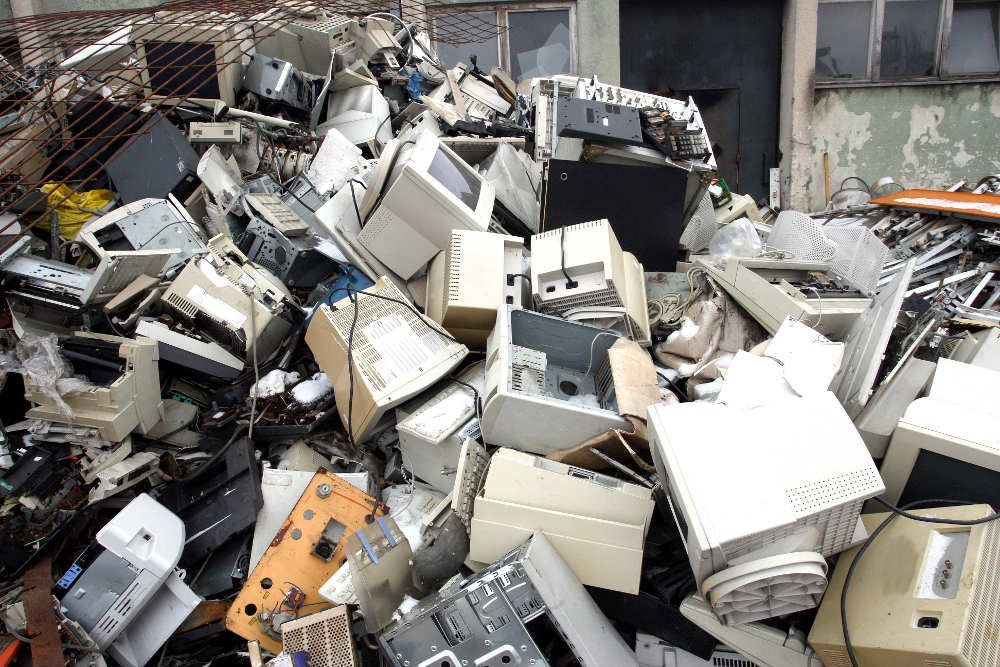IT Asset Lifecycle Management — What is the Optimal Refresh Cycle?
IT hardware, like cars, are depreciating assets. As soon as you drive them off the proverbial lot, they begin to lose value. The reason for this depreciation is twofold: the product will eventually wear down, and newer models will be released with greater specs. Keeping this in mind, how often should you refresh your IT assets? To understand the answer to this question, let’s look at the IT-asset lifecycle management.
Think you know Secure IT Asset Disposition? Take the quiz and find out:
IT-Asset Lifecycle Management
Managing the lifecycle of your IT hardware assets is about more than hardware refreshes, despite their being a key element of the management plan. It’s also about predicting the end of your hardware’s productive lifecycle, and getting ahead of the curve. The IT-asset lifecycle management process is multi-staged:
Stages of IT Asset Lifecycle Management
- Procure
- Deploy
- Usage Monitoring & Management
- Upgrade
- Refresh
Stage 1: Procure
Of course, acquiring the assets is the first step. Bulk-buying programs are leveraged, committees are formed, and vendors are evaluated.
Stage 2: Deploy
Deploying the IT hardware sounds relatively easy—plug it in, set it up with the network, and create your user profiles. However, a thorough deployment should also include notation of the physical asset location. Asset location is key to the on-going management process.
Stage 3: Usage Monitoring & Management
The next step is the general monitoring of your hardware on a regular basis, which includes rolling out needed software patches. Proper malware scans, safety protocols, and patch upgrades will help keep machines from deteriorating prematurely, though they can’t stop their inevitable retirement. Beyond keeping the machines clean and up-to-date, you’ll also want to monitor their usage, especially in terms of processing speeds.
Stage 4: Upgrade
Before you refresh your IT hardware assets, you’ll reach a processing plateau that can be traversed with hardware upgrades. To upgrade your machines, you’ll need to perform an audit. This is where asset location comes in handy!
Stage 5: Refresh
There will come a day when your machine needs to be retired. Companies with proper lifecycle management policies will be ahead of the curve, and will already have a plan to decommission and replace the machine, long before it breaks down.
Plan Your Refresh with Proper Planning
Waiting until your hardware is in desperate need of a refresh isn’t ideal for a number of reasons:
-
When machines fail, it often results in significant worker downtime.
-
Waiting until the machine malfunctions can waste IT resources, since IT support workers will typically become inundated with support calls.
-
Your workers’ efficiency will be slowed in relation to the machine’s disintegration.
-
You won’t be able to plan ahead for hardware refreshes financially, and will therefore be unable to leverage bulk-purchasing agreements.
Proper planning can save you valuable resources and cash, while cutting down on the time you need to care for machines that are past their prime.Industry experts recommend no more than a 5-year refresh cycle for computers, servers, and most IT hardware. However, even waiting that long can cost you more in the long run. Once they pass the 3-year mark, machines can begin to degrade, and the cost of service calls associated with each machine can become more costly than planning their retirement.
How We Can Help
Figuring out how to properly replace your machines can be difficult, and shouldn’t be based on timing alone. There is a myriad of factors that should be taken into account when creating an IT-asset lifecycle management plan, and this is where we come in.
By assessing your network, users, and workload, we can recommend the optimal hardware refresh date and cycle for you. Our hardware experts go beyond telling you when to do your hardware refresh. We’ll also help you plan the refresh in phases, based on the physical location of your specific units. This will allow you to do the refresh in a roll-out fashion, occurring in a series of budget-friendly stages.
Contact us for more information on what our IT asset management services can do for your company today.





